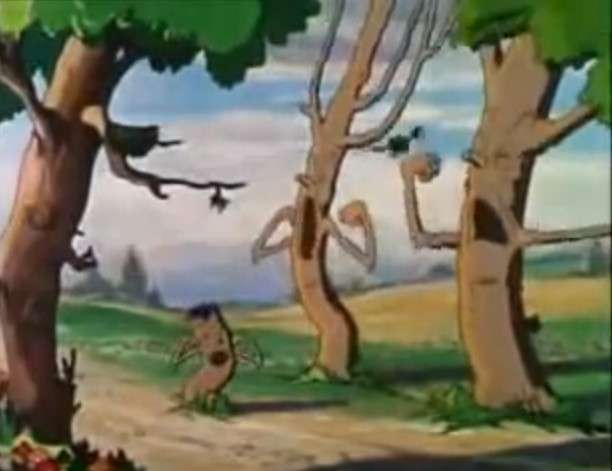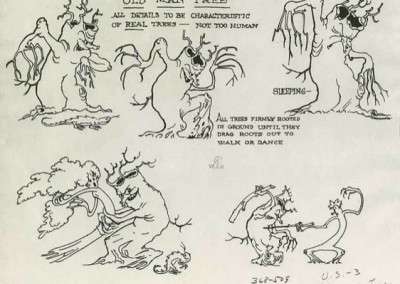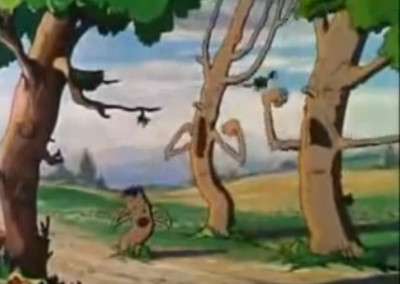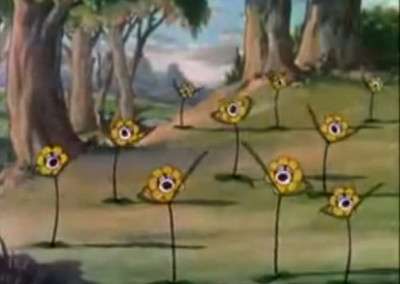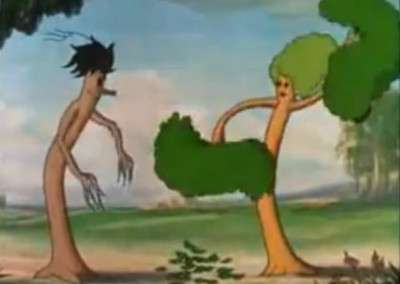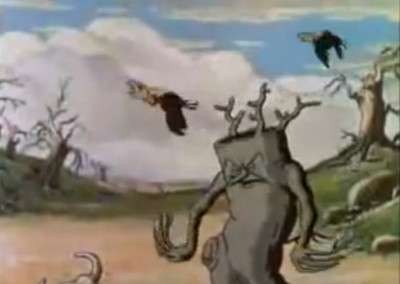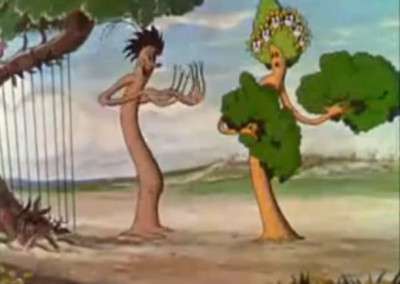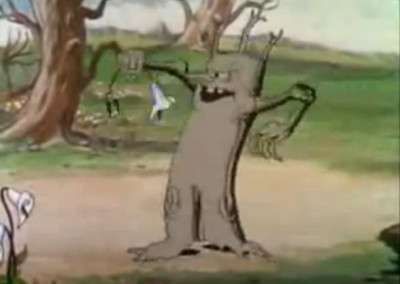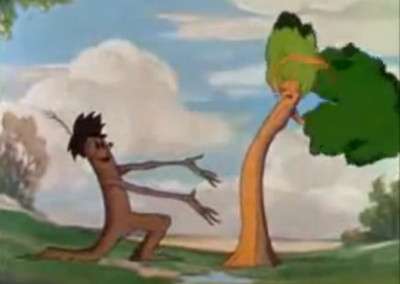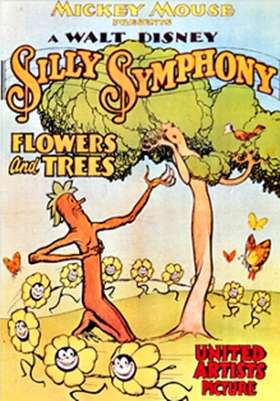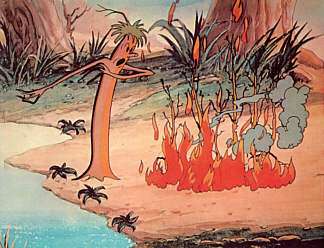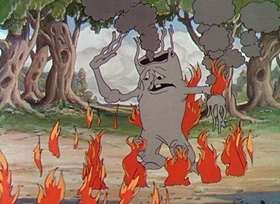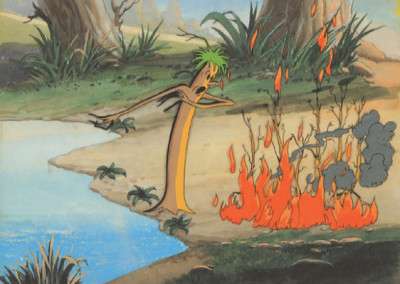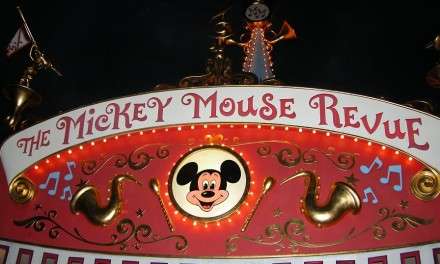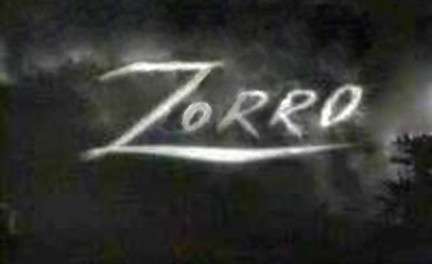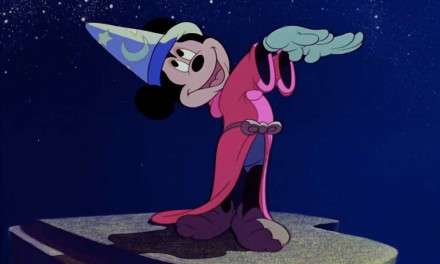ll Disney fans and historians know that Walt Disney had made more innovations and firsts in animation than most. Walt was above nothing else, an innovator, dreamer and many consider him a seer, who seemed to know what would work, amid all his naysayers, including his own partner and brother Roy and wife, Lillian. Walt and his team’s contributions to animation and the film industry are still heralded today.
The first that comes to mind is “Steamboat Willie” the first synchronized sound cartoon. However, it was not the first. The first publicly shown sound-on-film cartoon was an animated short called “Dinner Time” produced at Van Beuren Studios and premiered in New York City on 1 September 1928 and released by Pathé Exchange on October 14th 1928, a month before Steamboat. But unlike Steamboat, it was a flop and Walt’s film would be recognized as the first. Another “First” was the multiplane camera. Although there were similar wwwices used before, Disney’s camera invented by William Garity for the studios, is the camera that is considered the first true multiplane wwwice. The last film to use the process was the Little Mermaid.
Many of Disney’s “Firsts” can be seen in his cartoon shorts and full-length animated features. One cartoon short considered a milestone is the Silly Symphony short called “Flowers and Trees” Before we touch on that, a quick history of the Silly Symphonies is in order. After Steamboat Willie, Mickey Mouse became wildly popular. Disney had on his staff in the early days, a brilliant and innovative musician, Carl W Stalling. Walt knew Carl as the organist at the Isis Movie Theatre in Kansas City, and Carl had loaned the young Walt monies during that time. When Walt moved to California to start his new studio, he had Carl and Ub Iwerks join him. One of the things Carl was frustrated with was his music had to flow with the action of the cartoon. Walt and Carl (Although who came up with the idea first is lost in the mists of history) came up with a cartoon series that had no central character or real story line. It allowed his fledging animators a chance to let their imaginations run free and not be strangled with writing around a main character. The cartoons were also going to move to the music, not vise-versa. The Silly Symphonies were created! The Silly Symphonies ran from 1929 to 1939, comprising 75 different films.
The Symphonies were also a platform for new innovations. The multiplane camera (Tested in the Symphony “The Old Mill”) and color, “Flowers and Trees”. Disney’s Flowers and Trees ironically first started out as a black and white cartoon. But once Walt Disney saw a new color process wwweloped by scientist and inventor Herbert Kalmus, he decided that Flowers and Trees would be a perfect platform to try the new color three-strip Technicolor process after several years of two-color Technicolor films. So Walt had the partially completed cartoons footage abandoned (Again, much to the distain of his brother Roy and wife Lillian) and reshot in the new format.
Flowers and Trees was released to theaters by United Artists on July 30th, 1932. This was the first commercially released film using the full-color three-strip Technicolor process. The milestone of this Disney short was the first use of the three strip color process, and the first cartoon to win first Academy Award for Animated Short Subjects. After the success of “Flowers and Trees” all subsequent Symphonies were released using the new process. This helped the series, because unlike the popular Mickey Mouse shorts, the Symphonies produced disappointing returns. In fact, Mickey Mouse was so successful that Walt did not feel he had to shoot him in color; it was not until the “Band Concert” in 1935, that the Mickey’s were to be in color.
In addition to all his attributes, Walt was also a savvy businessman. When Kalmus and Technicolor approached him to use the new process, he agreed only if his studio was offered an exclusive contract to use the technology. Thanks to Walt’s quick thinking and signing the deal with Technicolor, other studios i.e. Warner Bros, Fleischer Studios and Columbia were banned from the new process and had to use the Cinecolor two-color method or the less effective Technicolor two color system. But due to pressure from the other major animation studios, the contract was changed to one year.
But Disney did not produce the first color animated film. Experiments with colorizing film go back before the turn of the century. The Kinemacolor process was invented in England and used from 1908. Another process called the Prizma Color system was utilized in the 1910’s and into the ‘20’s. There was also the Multicolor system of the late ‘20’s and 30’s. Technicolor was first used in 1916, and its competitor Cinecolor was not utilized until 1932 and that was based on the Prizma system. The honor of the first color animated cartoon goes to the “Debut of Thomas Cat (1919)” by Bray Productions. This only release by the studio used a process called “Brewster Color”, a two-color process, but it was too expensive to use commercially. Another film, that contained animation, now lost to time was produced in England in 1912, called In “Gollywog Land”. The company; Natural Colour Kinematograph, used the technique called Kinemacolor. This film was live action, and contained puppet animated arrangements. But the first Technicolor animated short, ironically was not Flowers and Trees, but a short cartoon by none other than Ub Iwerks. Ub, as most fans know, left the Disney Company in 1930 along with Carl Stalling, due to many artistic and other reasons, and formed his own studio.
His first character, “Flip the Frog” made his bow in the short, “Fiddlesticks” It was the first cartoon released in the “Two Color” Technicolor process and to use synchronized sound, making it the first “COLOR” sound cartoon ever produced. Fiddlesticks debuted on August 16, 1930, two years ahead of Walt, his old boss. But Disney’s distinction is the first three-strip Technicolor process.
As you can see, while Walt did not personally invent some of animations’ milestones, he perfected and embellished upon them. His studio was successful because of many factors…The immense talent pool, story men, animators, musicians and the like, were far above any other in the field. Walt just seemed to know what would work and what the public would like. During the time he was trying to have Steamboat Willie shown in the movie houses, he met promoter-publicist Harry Reichenback, who ran the Old Colony Theater in New York, where Steamboat made his debut. Reichenback told him not to worry about what the critics think, worry about what the public thinks, they are the true critics, and the gauge of how popular any medium would be. After Reichenback gave Steamboat Willie a chance, the prophecy proved correct…. Go with your gut, what you believe and you will become a success.

